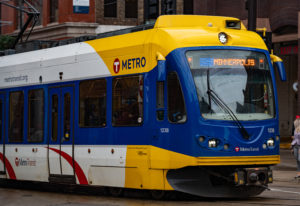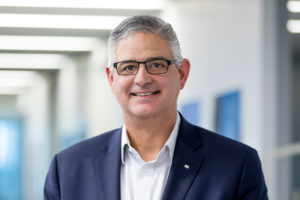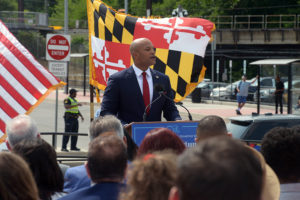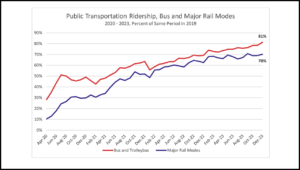Metropolitan Council chair addresses Southwest LRT concerns; says more time needed to evaluate options
Written by Jenifer Nunez, assistant editorIn Minnesota, the Metropolitan Council Chair Susan Haigh addressed concerns surrounding the Southwest Light Rail Transit (LRT) green line extension and said more time is needed to evaluate all the options available.
“Our vision is to build a line that will connect the projected 30,000 daily riders to the 210,000 jobs currently located along the route and the additional 60,000 jobs anticipated along the corridor,” she said. “Southwest, when finished in 2018, will connect people living in communities from Eden Prairie to St. Paul to these jobs via a one-seat ride.
“The challenges in designing this line are many. Not only does the line require complicated engineering to span wetlands and other geological features, it must also bisect long-established urban areas with minimal disruption. But ask anyone involved with designing the Blue Line (Hiawatha) or Green Line (Central Corridor) and they’ll tell you that both rail lines involved equally difficult decisions. Designing a rail line is no easy task and Southwest LRT is no exception.”
Haigh said that a thorough and deliberative process of choosing a route began in 2003. That process eliminated route options along Highway 100, Midtown Greenway and Nicollet Avenue for three very important reasons that are still true today: lack of adequate right-of-way to operate a train, significant impact to historic resources and serious disruption to major business districts.
“The chosen route for Southwest light rail is the right choice, and residents and businesses along the corridor deserve a final decision on the associated freight rail project so they can make plans for their lives and communities that incorporate this project,” Haigh stated.
She pointed to earlier light-rail lines and said that the investment in rail outweighs the cost of overcoming challenges earlier in the process. Today, Hiawatha created roughly 15,000 new housing units built along the corridor since it opened. The line serves more than 30,000 riders each day.
Central Corridor experienced the revitalization of streetscapes and storefronts and continues to see the redevelopment of long-abandoned properties along University Avenue as we approach the line’s opening day.
The council has identified eight workable alternatives for addressing the secondary project and the issues associated with the construction of Southwest light rail, the location of freight rail in St. Louis Park or the Kenilworth corridor.
“We’ve received thousands of comments on this issue and what is apparent is how much these individuals care about their neighborhoods, community and region,” she said. “The vast majority of communications I’ve received on the topic start out with ‘I support Southwest light rail’ before sharing concerns or questions. Along with the mayors and county commissioners and other local government officials who sit on the Southwest Corridor Management Committee, I came to the conclusion that to build this project right, we need a little more time to evaluate options, consider comments and deliberate on the solution.”
“No one is under the illusion that more time for a decision involving hundreds of millions of dollars and requiring complex engineering will make this an easy decision or a unanimous decision,” she stated. “But I hope every resident who participated in the process feels heard and that their proposed solutions were seriously considered.”
In the coming weeks, the council will seek a solution that contains costs while maintaining high ridership, meeting the needs of the five communities along the line and addressing the concerns of adjacent neighborhoods. To do that, project planners at the council will spend additional time developing answers to questions about natural resources near the route, connections to other transit corridors and other project cost concerns.





